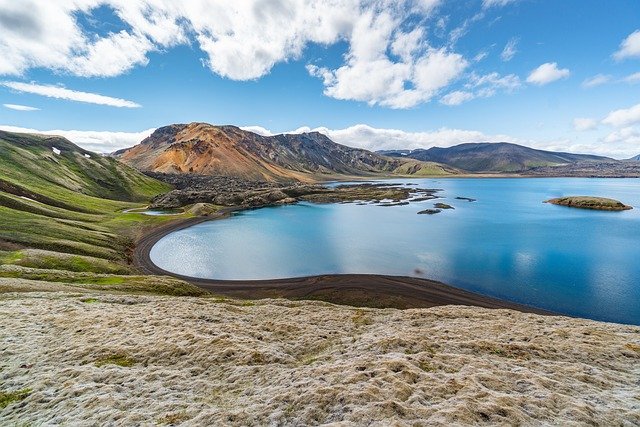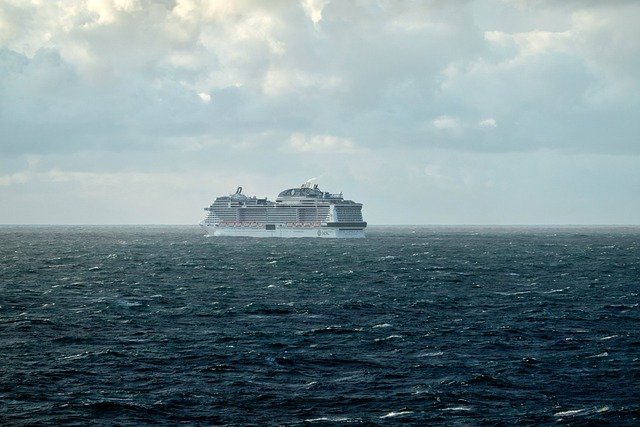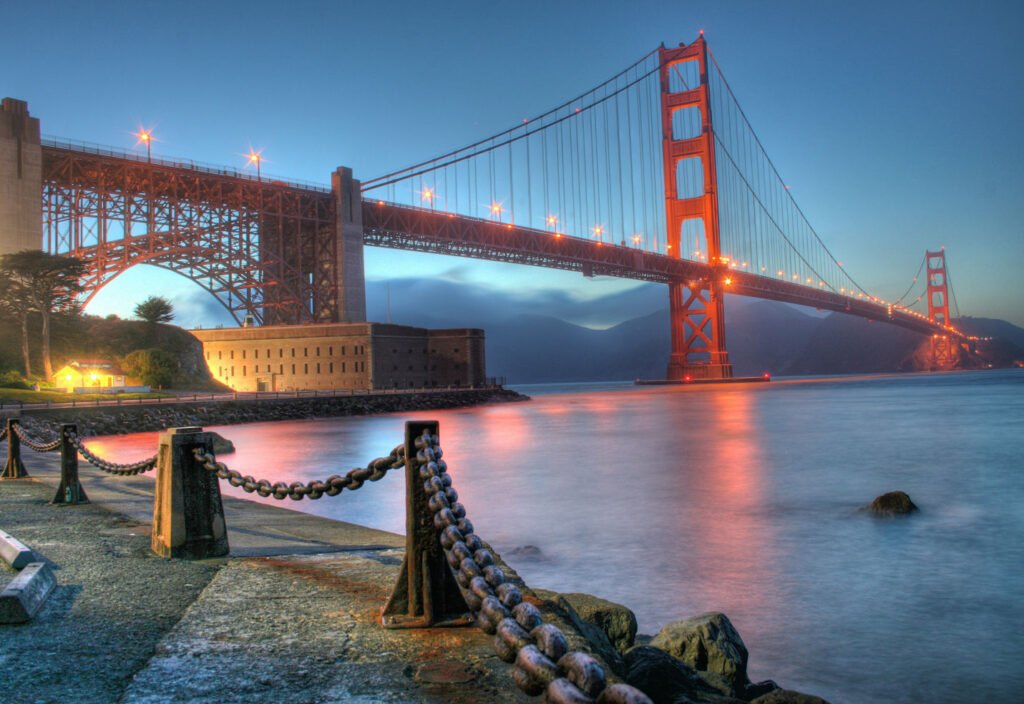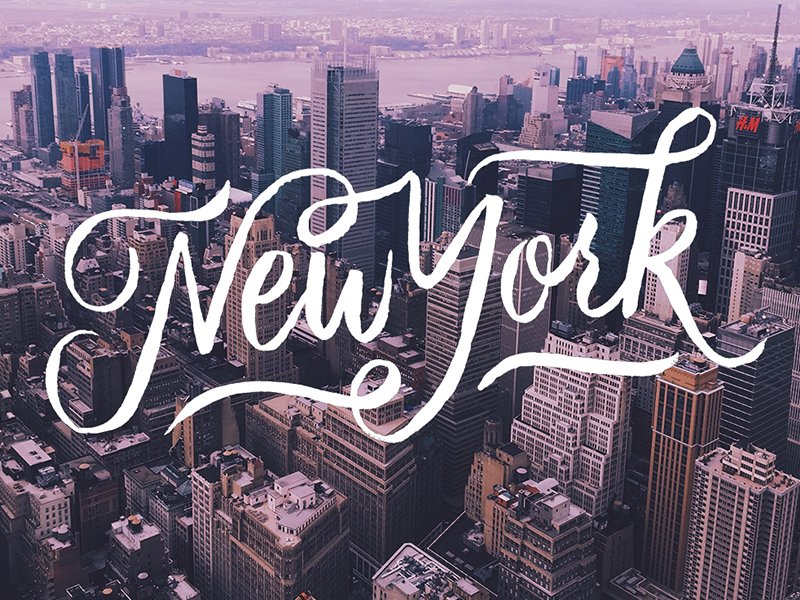The best time to travel to Iceland depends largely on what you want too experience. While mildest climate occurs May to September and winter months are ideal for witnessing Northern Lights. Here is breakdown of what each season offers to help you plan you are best Icelandic adventure.
Spring (April to May)
Spring in Iceland is delightful time and offering moderate temperature of ranging from 0ºC to 10ºC. Although there may still be some snowfalls, flowers begin to bloom and migrating birds including the famous puffin are return.
Northern Lights: Spring still a good time too see the Northern Light with better temperature compared to winter.
Tourism: It is off peak season so accomodations and flights are more affordable and there are few tourist.
Activities: With more daylight hours and fewer crowds spring ideal for excursions and exploring remote area.
Spring also brings blooming flora and return of various migratory birds making this a perfect time for nature lovers. The weather is relatively mild and you might even catch some late season Northern Lights too. Since it is not the high tourist season you will find it easier to book accommodations at lower prices and flights are generally cheaper that time. This season offers a great balance between favorable weather and affordability making it one of the best times to travel Iceland.
Summer (June to August)
Summer is peak tourist season in Iceland known for its pleasant weather and the phenomenon of the midnight sun.
Temperature: Average summer temperature of range from 10°C – 25°C making this best for outdoor activities.
Daylight: Nearly 24 hour of daylight in June is allow for extended sightseeing and activities like midnight golfing.
Nature and Wildlife: The flora is full bloom and its great time for bird watching and whale watching.
Festivals: Summer also festival season with many open air music events and also opportunities for camping.
Midnight sun provides nearly 24 hours of daylight allowing you to explore Iceland’s stunning landscapes almost around clock. From vibrant capital city of Reykjavik to serene beauty of the countryside there is no shortage of places to visit. You can go hiking participate in festivals and even enjoy round of midnight golf. However, it is essential to note that it is the high season for both flights and the accommodations may be more expensive and popular tourist spot might be crowded.
Autumn (September to October)
Autumn especially September is a wonderful time to visit Iceland as it offering good weather and few tourists compared too summer.
Temperature: Similar to spring but with temperature ranging from 0ºC to 10ºC.
Northern Lights: Autumn is another great season too look the Northern Light with the added beauty of autumn colors.
Tourism: Accomodation prices drops and there are still many of excursions available.
Rainfall: September has the least rainfall making it ideal for outdoor activities and sight see
Autumn is an best time to visit if you prefer a quieter experience. The weather is still relatively mild and the landscapes are painted with vibrant autumn colors and look beautiful. It is also good time to see the Northern Lights as the nights grow long.
Accommodations and flights is to be cheaper than in the summer making it more budget friendly option. The reduced tourist crowds mean you can enjoy a more peaceful exploration of Iceland’s natural places.
Winter (November to March)
Winter in Iceland is magical especially if your eager to see the Northern Light. However the weather can be challenging with potential dangreous snowstorms.
Temperature: Average temperatures in Reykjavik range from 1°C to -10°C with even may be colder temperatures in north.
Northern Lights: Winter offers best chance too see the aurora borealis, particularly from end August too April.
Activities: Winter is best for exploring ice cave and glaciers which are inaccessible in summers.
Tourism: Hotel prices are significantly lower than in the summer making it attractive season for budget conscious travelers.
Winter in Iceland offers good wonderland experience. The country’s landscapes are covered in snow fully and the long nights provide best opportunity to see the Northern Lights. Average temperatures in Reykjavik range from 1°C to -10°C but it can be even colder in the northern areas. Winter is also the best time to explore ice caves and glaciers offering a different experience that is not available during other seasons.
Hotel prices are much lower during the winter making it an attractive option for budgetconscious travelers. However it is need to be prepared for challenging weather conditions including potential snowstorms and road closures. Assure you have appropriate clothing and ready to stay warm and safe during your winter adventures.
Essential Travel Tips
Book in Advance: Ensure you book you are accommodation and rental car well in advance to secure the best deals.
Pack Accordingly: Weather in Iceland is also unpredictable so pack layers and waterproof gears.
Connectivity: Consider renting pocket WiFi as some remote area may have poor internet connection.
Rental Car: A rental car is highly recommend for exploring Iceland’s diverse landscape at your own pace.
Conclusions:
In conclusion the best time to travel to Iceland varies depending on your interest. Whether your chasing the Northern Light or exploring glaciers or enjoying the midnight sun or participating in local festivals Iceland offers something best in every season. Plan accordingly to make the most of you are Icelandic adventure.




